How exactly v4.app.Fragment works? I have viewPager with 7 Fragments. I was sure that when moving between fragments, depending on the situation each fragment can be automatically destroyed and created. However it seems not to be true.
I decided to play a bit with debugging and set some flag for my Fragment class object, something like
class MyClass extends Fragment {
public boolean myFlag=false;
When I set ex. true somewhere in the code which is run only once (ex. true is set after button click), it seems that this value is true until the app ends. Thus it suggest the object is kept all the time in memory.
However when user moves between Fragments onCreateView and onViewStateRestored methods seems to be called.
And now I feel quite confused. If Fragments are not destroyed, why those methods are executed by Android?
Do I have the guarantee that my Fragment object will be kept always with all fields (when user only moves beteween Fragments and doesn't leave the app)?
If not how should I save and restore its state? public void onSaveInstanceState(Bundle savedInstanceState) method seems to be only run when user left the app, not when user moves between Fragments.
Have you seen any good tutorial concerning ViewPager and Fragments?
